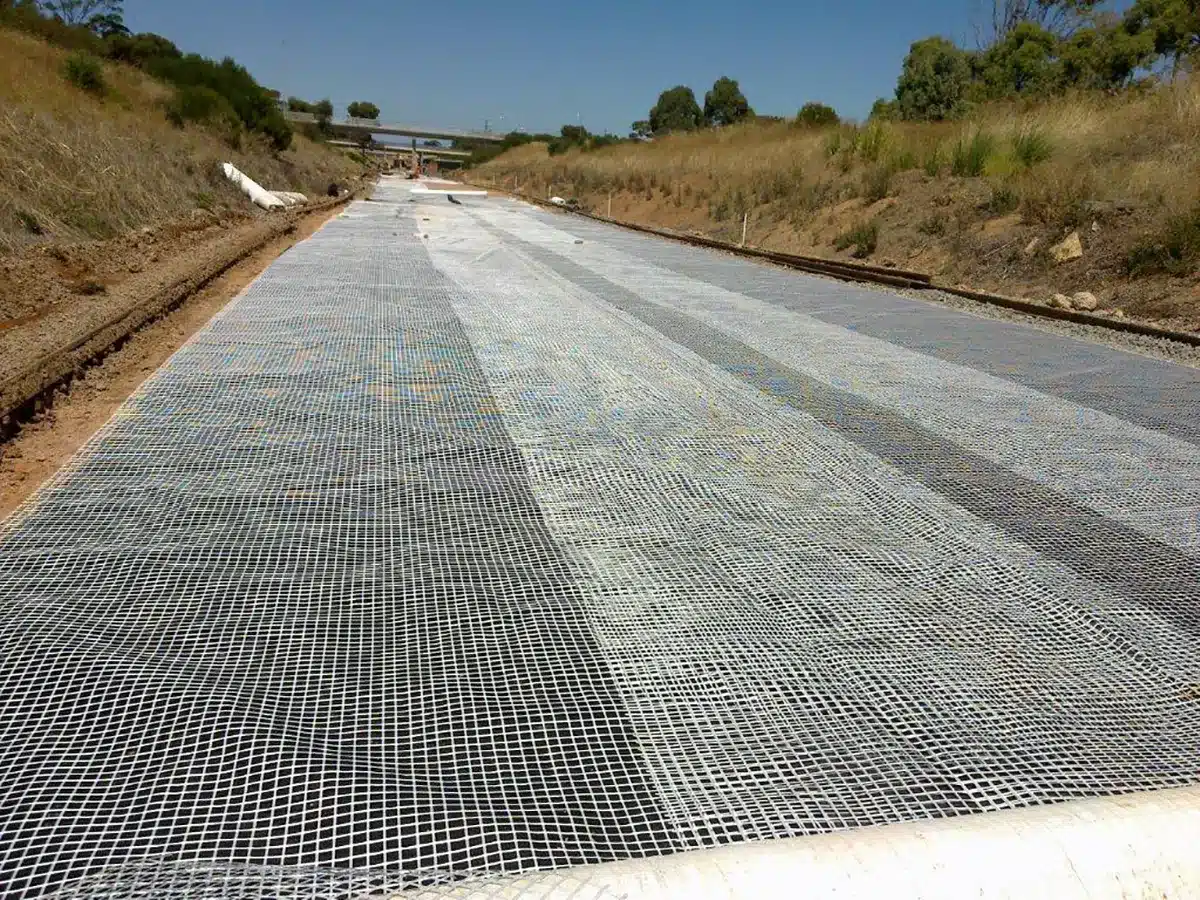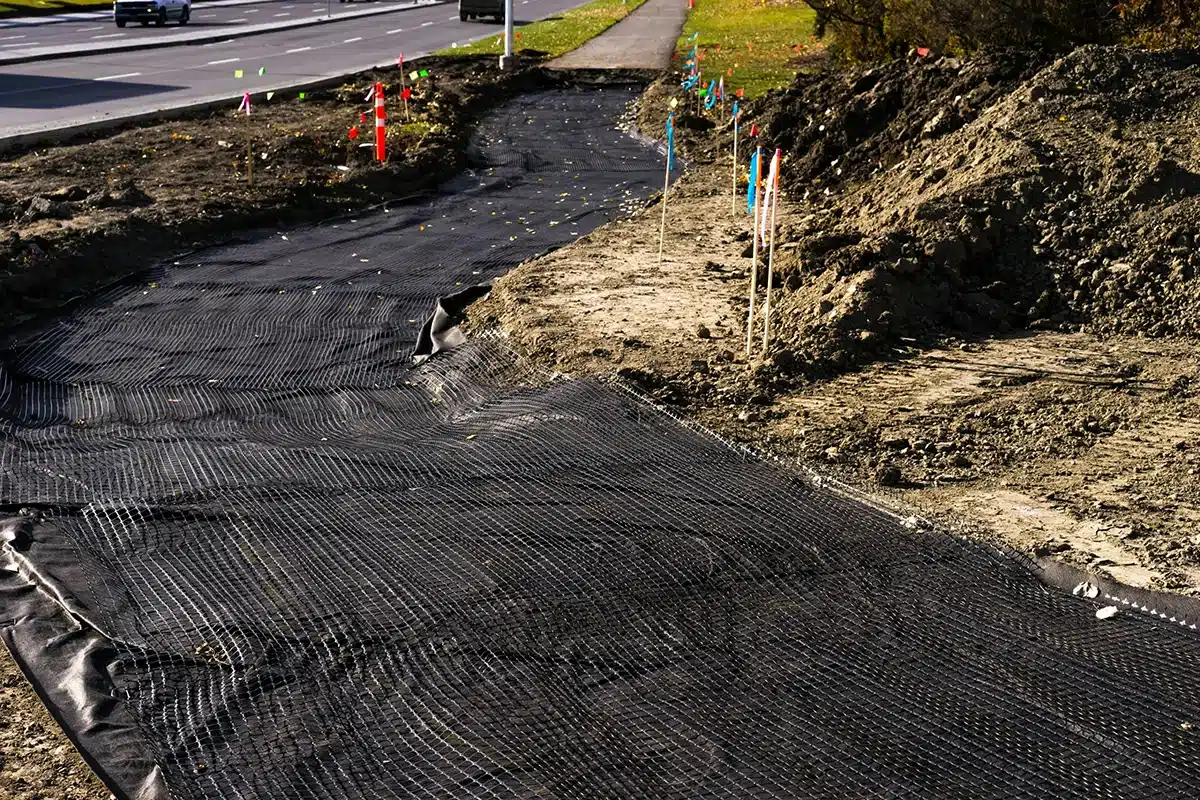Can Concrete Be Installed on Top of a Geonet? Understanding Geosynthetic Applications in Construction
In civil engineering, particularly in drainage and slope stability projects, geonets play a critical role. A common question is whether concrete can be installed on top of a geonet. This article explores this topic and explains the best practices for using geonets in construction.

What is a Geonet, and How Does It Function in Construction?
A geonet is a geosynthetic material, typically made from high-density polyethylene (HDPE), composed of a 3D grid of ribs. Geonets facilitate in-plane drainage of liquids or gases. They are widely used in applications requiring efficient drainage, such as landfills, roads, and erosion control systems. For more information on product options, see our geonet products page.
Can Concrete Be Installed on Top of a Geonet?

Although geonets are designed for drainage and filtration, installing concrete directly on top is generally not recommended. Reasons include:
- Geonets are intended for fluid transmission and may not provide sufficient structural support for concrete, which can lead to cracking or uneven settling.
- Concrete placement can damage the geonet, reducing its drainage efficiency.
However, in some engineered applications, a geonet can be part of a composite system beneath a concrete layer, protected by a geotextile or other protective material, allowing both the concrete structure and the geonet to function properly.
What Are the Benefits of Using Geonets in Construction?
Geonets provide several advantages, especially in drainage and erosion control:
- Efficient Drainage: The open structure allows rapid water movement, preventing hydrostatic pressure buildup.
- Soil Stabilization: Proper drainage maintains soil integrity, reducing erosion risks.
- Cost-Effectiveness: Geonets can replace traditional aggregate drainage layers, saving cost.
- Environmental Benefits: Reduce reliance on natural aggregates and promote sustainable construction practices.
According to BPM Geosynthetics, the global geosynthetics market was valued at $14.7 billion in 2024 and is projected to reach $24.6 billion by 2030, with geonets used in 20% of drainage applications across landfills, roads, and erosion control .
How Should Geonets Be Incorporated in Concrete Applications?
When using geonets in concrete projects:
- Positioning: Place the geonet beneath the concrete layer, ensuring it does not directly contact the concrete mix.
- Protection: Use a geotextile or protective layer above the geonet during concrete placement.
- Design Considerations: Ensure the geonet’s drainage capabilities are not compromised by overlaying materials.
This method allows the geonet to perform its drainage function effectively without affecting concrete stability.
While concrete can be installed on top of a geonet in certain engineered systems, direct installation
Comments
Post a Comment